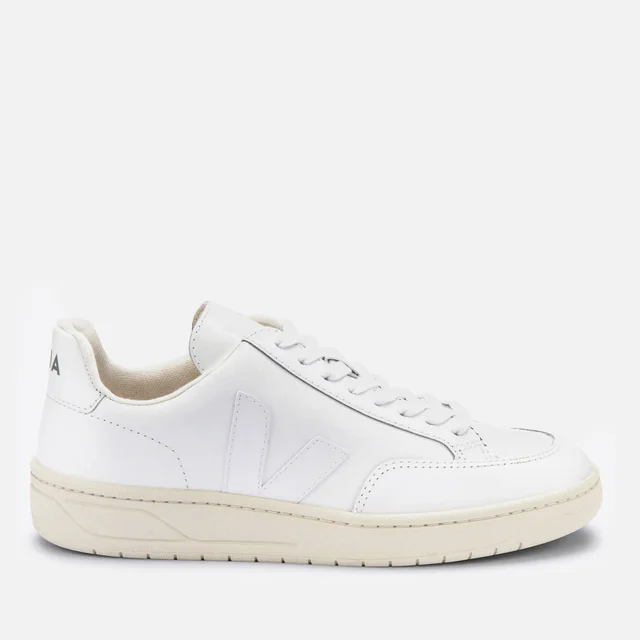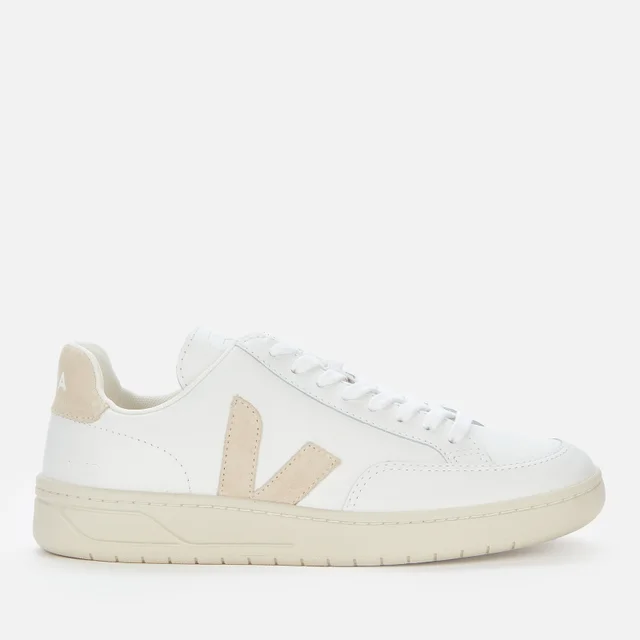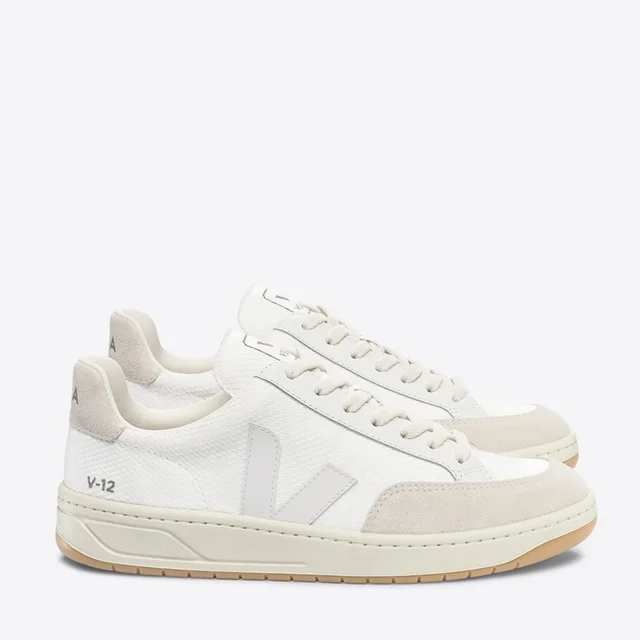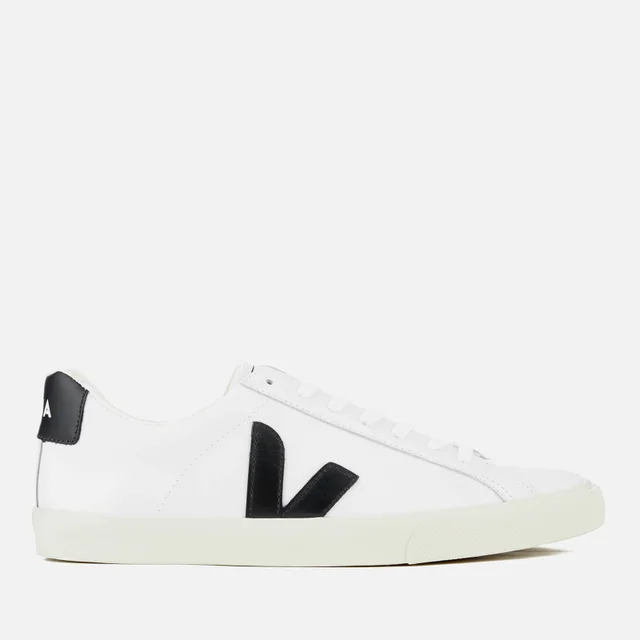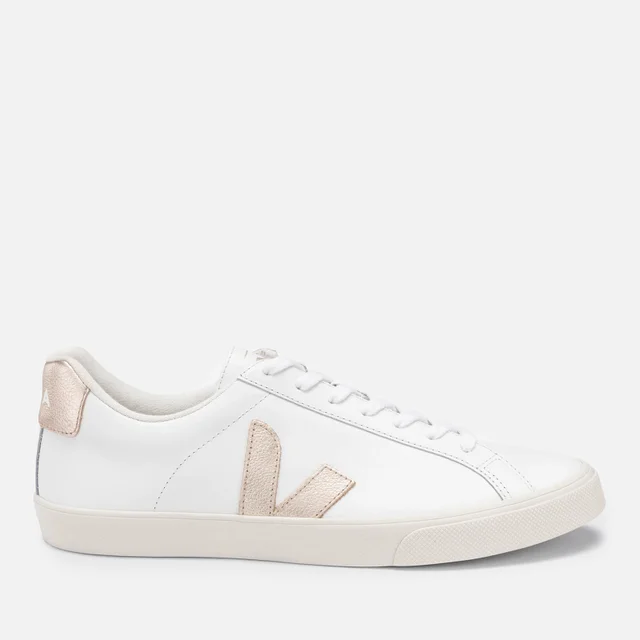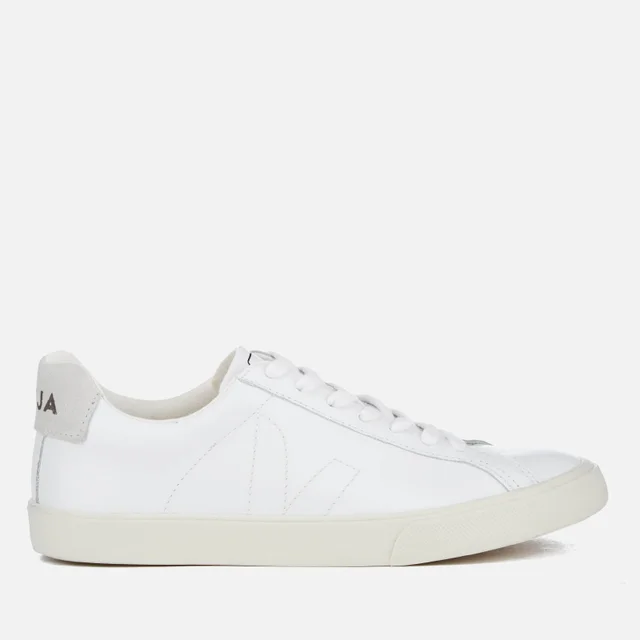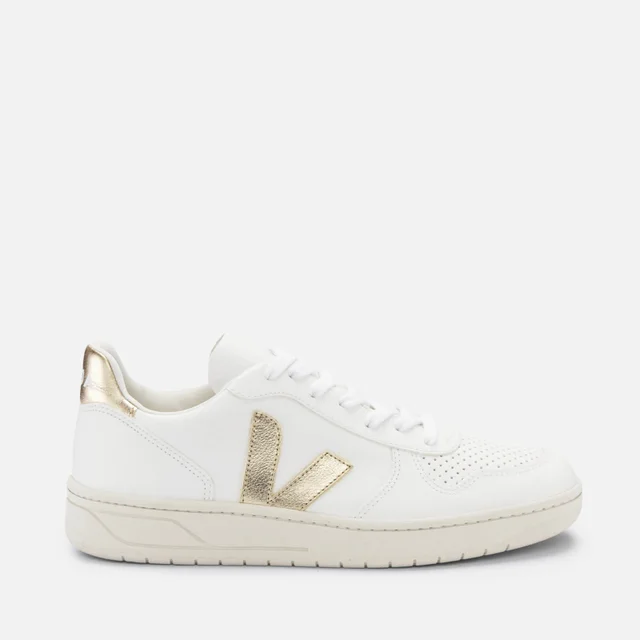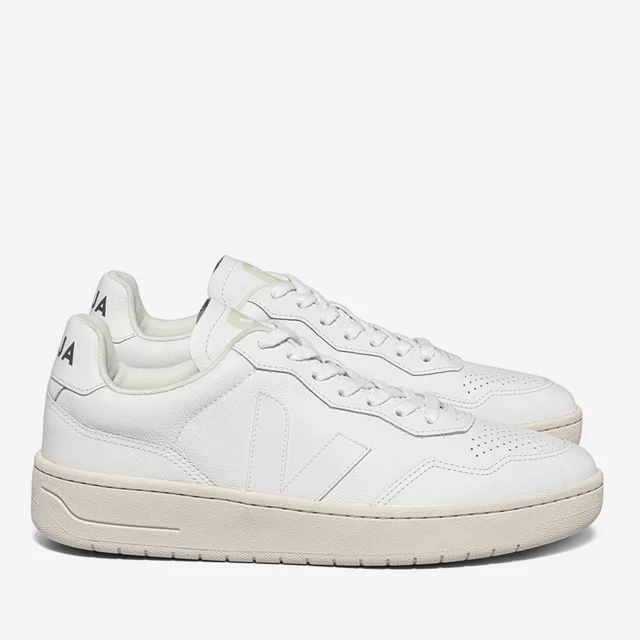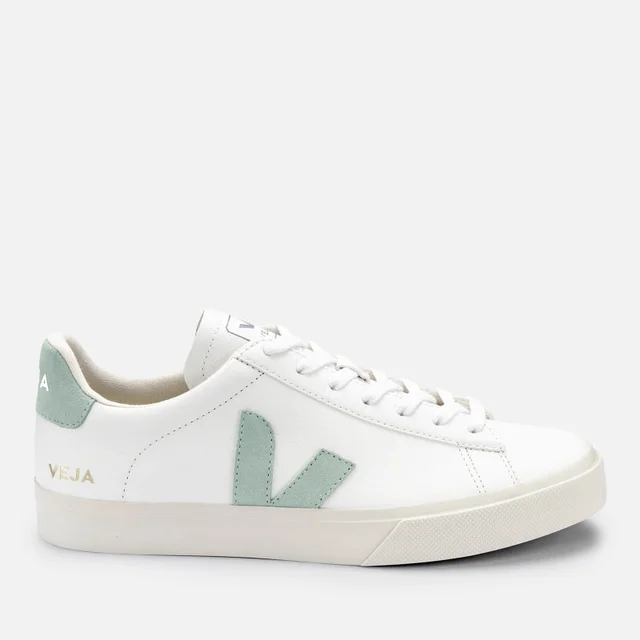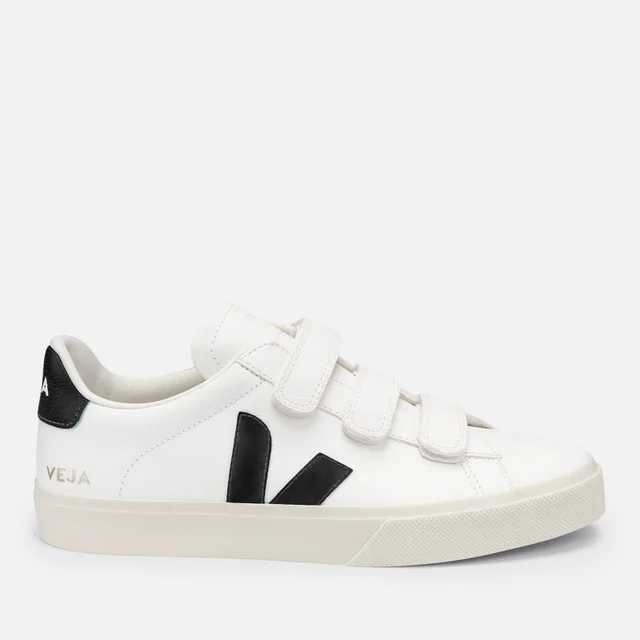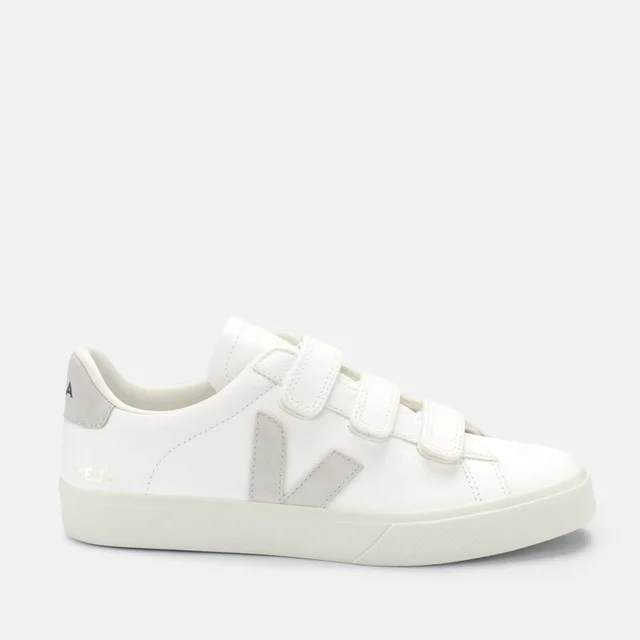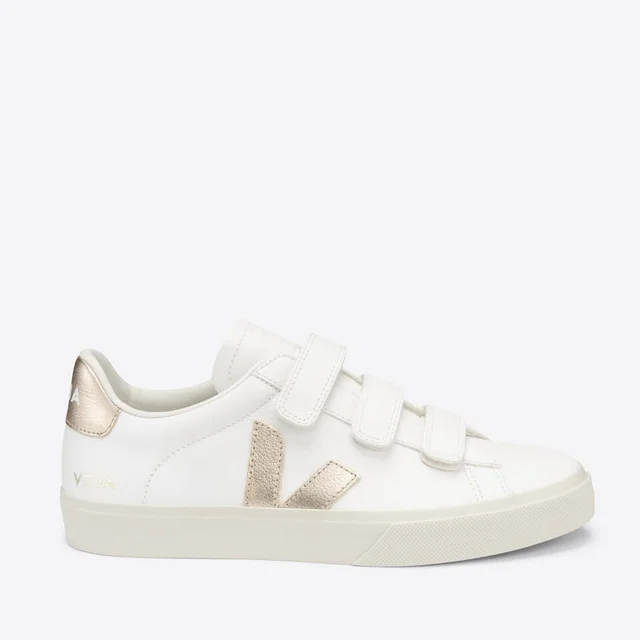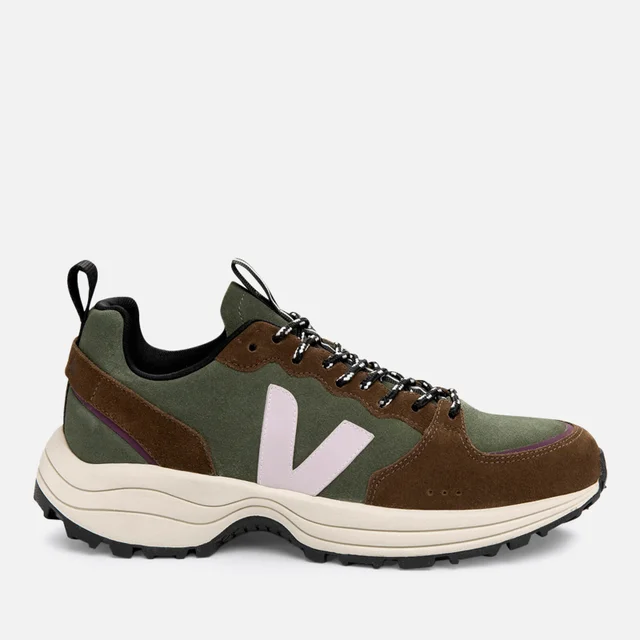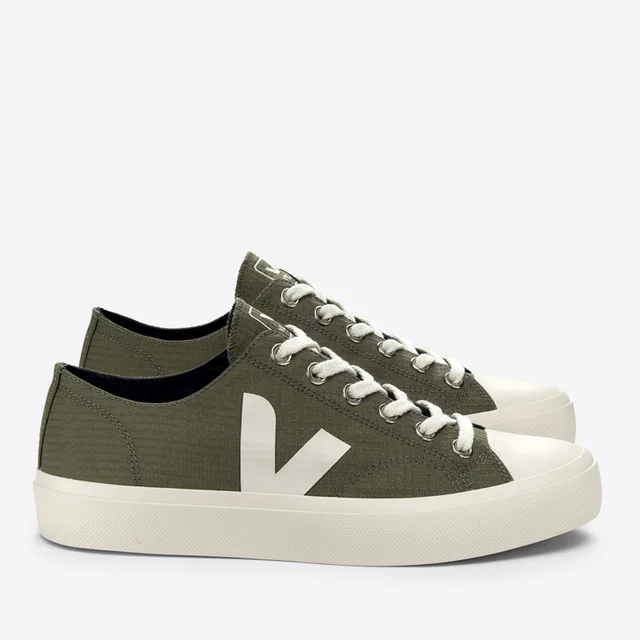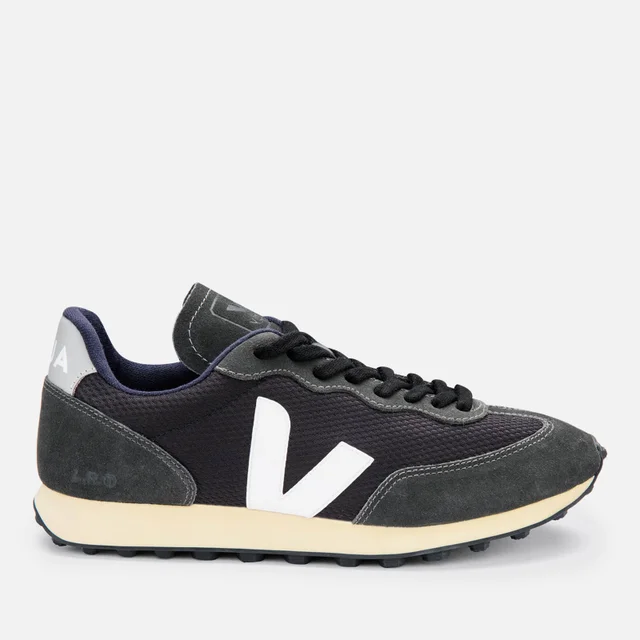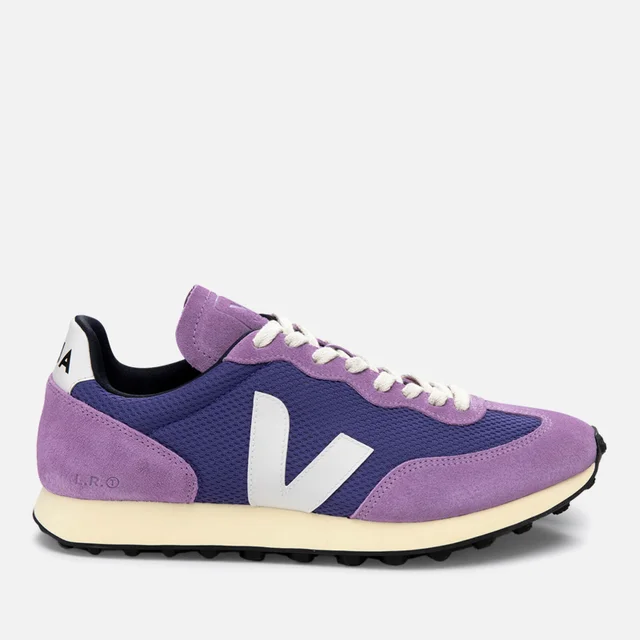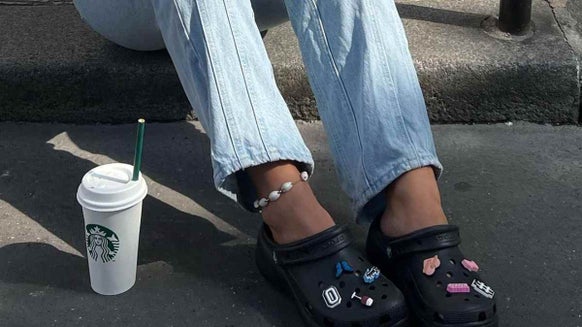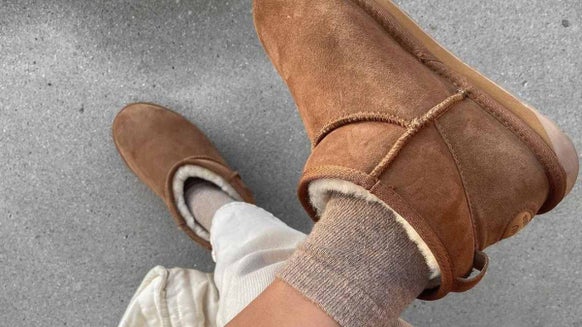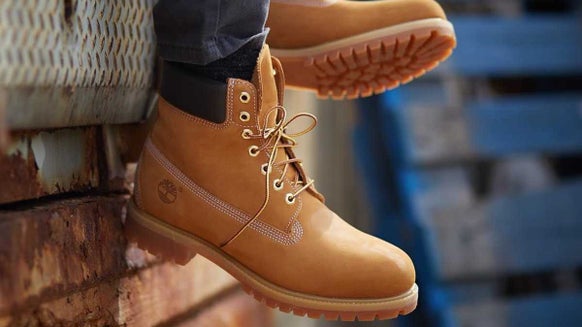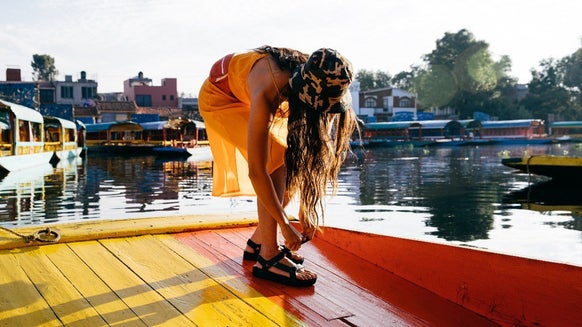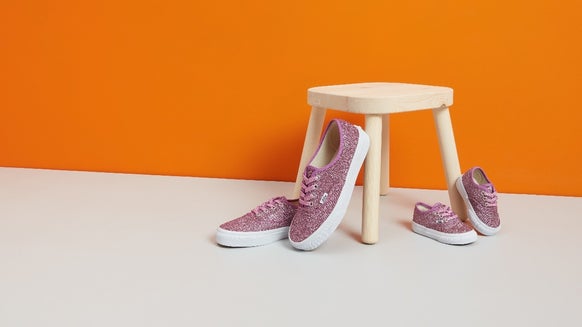A Buyer’s Guide to VEJA Trainers
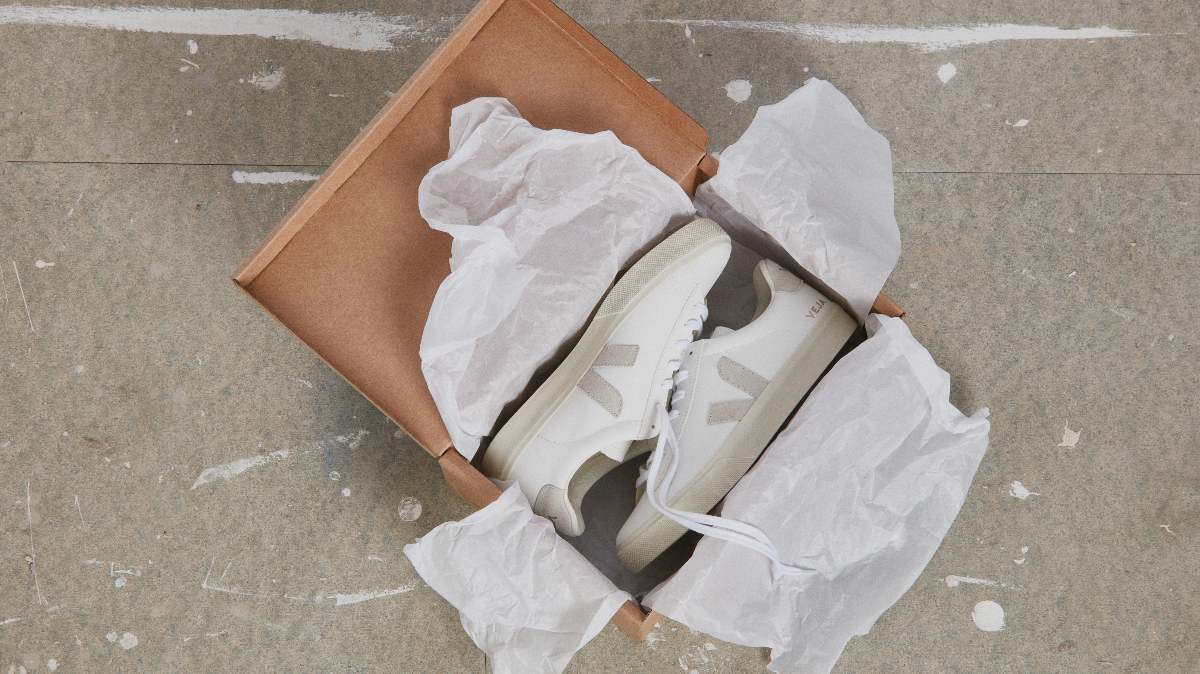
Whether you’re a first-time buyer or a
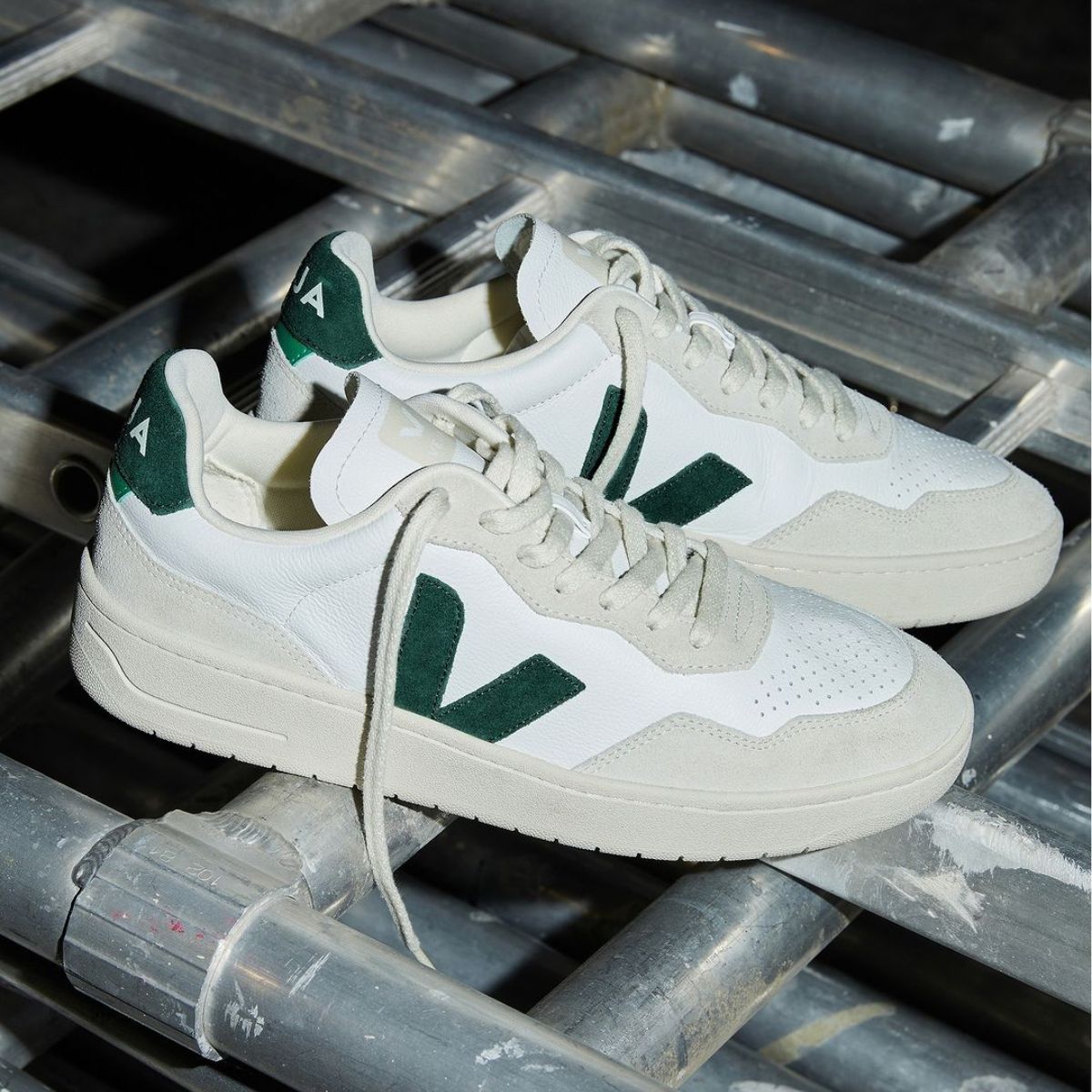
Which VEJA trainers should I buy?
VEJA V-12
VEJA V-12s are made of ecological and sustainable materials. The upper in B-Mesh is made from 3 plastic bottles, with the lining 33% organic cotton and 67% recycled polyester. The panels and logo are made of leather and rubber.
VEJA Esplar
One of VEJA's most classic styles, the Esplar leather low tops have been named after the Brazilian NGO which brings technical support to the organic cotton families Veja works with.
VEJA V-10
White low top trainers from VEJA, the V-10 model was designed as a celebration of the brand's 10th anniversary, the 'V-10' sneakers utilise ecological and sustainable materials to create a sleek upper made from low-chrome leather.
VEJA V-90
The VEJA V-90 is the perfect lace-up design, made with the brand's Amazonian rubber, organic cotton and organic traced leather. Combining retro and modern aesthetics, the VEJA V-90 mixes 90's athletic vibes with new touches to revolutionise the trainer style.
VEJA Campo
One of the brand's most popular styles, the VEJA Campo was launched back in 2019, with traditional minimalistic design and a low-top silhouette. Available in a range of colourways from neutral to bright colours.
VEJA Recife
Swapping laces for Velcro straps, the VEJA Recife trainer style is crafted with the same ChromeFree leather and eco-friendly “V” made from rubber and rice waste. The three Velcro straps make this trainer style an easy on-and-off shoe with a statement.
VEJA Venturi
A chunkier silhouette in comparison to other VEJA trainer styles, the Venturi is made from recycled bottles (precisely three bottles per pair of trainers). This allows this trainer style to be breathable and water-resistant.
VEJA Wata
Named after the Japanese word for “cotton”, the VEJA Wata is made of organic cotton canvas from Bergman Rivera, Peru. A signature summer pair of trainers with their lightweight material, the Wata is a casual and timeless trainer style.
VEJA Rio Branco
A traditional athletic trainer style, the VEJA Rio Branco is available in men’s and women’s sizes with a range of subtle to bright colourways to elevate your trainer's collection. Suitable for workouts and other athletic pursuits, as it comes with a more aggressive tread to maximise traction.
Are VEJA trainers leather?
VEJA produce both leather and vegan sneakers. Unlike other retailers, VEJA are working on two major methods of production to improve the quality and composition of their sneakers. VEJA are dedicated to ensuring their leather does not come from the Amazon nor from an area that was deforested for cattle farming.
When producing leather sneakers, animal skins are treated chemically in a process called tanning to ensure that they don't deteriorate over time. Unfortunately, the process of tanning puts a huge strain on the environment, with excessive amounts of wastewater produced for every ton of tanned leather created. Not only is this, but through tanning, pollutants such as chromium, lead, mercury and various other pathogens are released consequently polluting the environment.
VEJA is determined to make as little impact on the environment as possible, and this is why they use chrome (inoffensive tanning when not oxidised) and vegetable tanning methods. Vegetable tanning is used on 10% of VEJA models, which uses only natural tannin and has no negative impact on the environment.
Since 2013, VEJA has also been using fish leather in their designs. The leather is taken from freshwater fish farms where unused fish that would otherwise be thrown away are utilised by the brand!
How to clean your VEJA trainers?
To keep your pair of VEJA's in tip top condition, we suggest giving them a spray with a waterproof solution before you wear them!
For canvas VEJAs, simply brush off any scuffs or marks with a brush and a good-quality cleaning solution - don't put them in the washing machine as this can cause the leather inserts to rub off.
For leather styles, it's important to maintain the quality with conditioning cleaning solutions.

Are VEJA trainers true to size?
Generally, VEJA sneakers are true to size, so we would recommend going for your typical size. As with most leather footwear, it may take a few wears to mould to the unique shape of your foot. If you are in between two sizes, we suggest choosing the smaller size!
Are VEJA vegan?
VEJA has a variety of vegan sneakers, including the
Another fundamental pillar that VEJA is built on is fair trade. The brand work directly with farmers in Peru and Brazil to agree contracts and prices for their organic cotton before a single seed has been planted. Alternative materials such as tilapia and experiments with chrome-free suede, leathers and wild rubber are also in the pipeline to develop the sustainability of the brand.
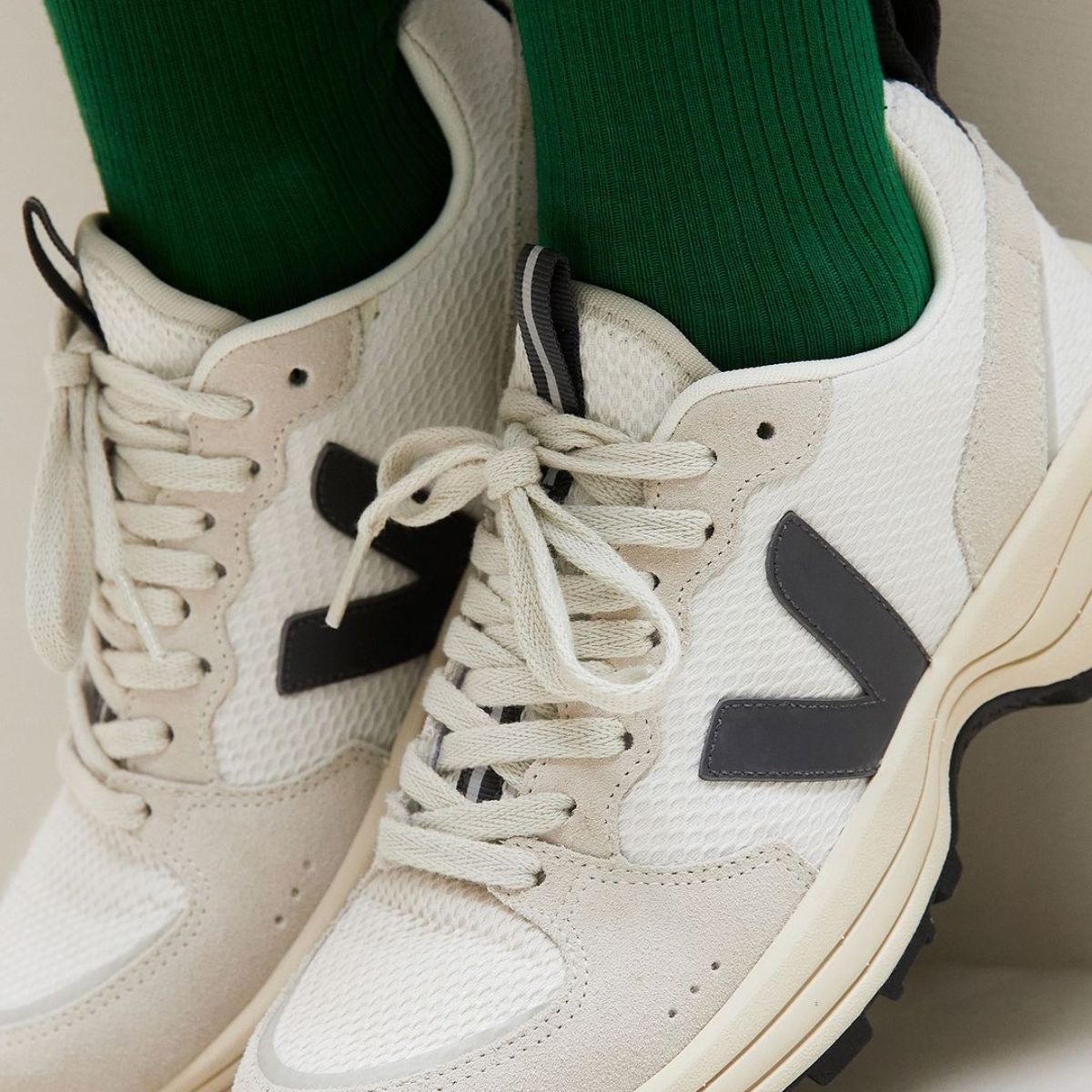
Where are VEJA trainers made?
Ever since day one, VEJA sneakers have been manufactured in the state of Rio Grande do Sul in southern Brazil. 40% of employees live at the factory while the other 60% live in nearby cities. Find out more about the production process
Do VEJA advertise?
No! VEJA put all money saved from advertising and marketing costs straight into the production, raw materials and the workforce who create their sneakers.
VEJA Size Chart
Women:
| US | 5 | 6 | 7 | 8 | 9 | 10 |
| UK | 3 | 4 | 5 | 6 | 7 | 8 |
| EUR | 36 | 37 | 38 | 39 | 40 | 41 |
Men:
| US | 7 | 8 | 9 | 10 | 11 | 12 | 13 |
| UK | 6 | 7 | 8 | 9 | 10 | 11 | 12 |
| EUR | 40 | 41 | 42 | 43 | 44 | 45 | 46 |
Who wears VEJA trainers?




SHOP ALL VEJA TRAINERS AT ALLSOLE

